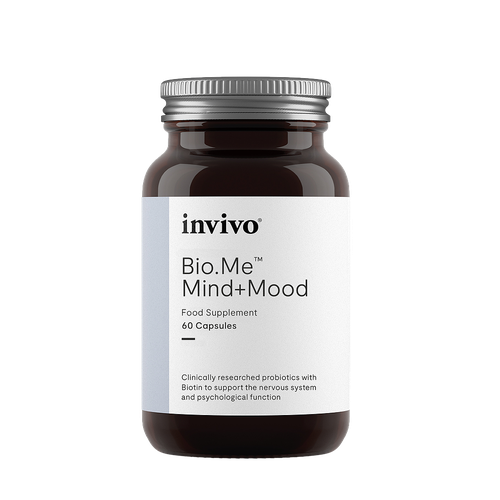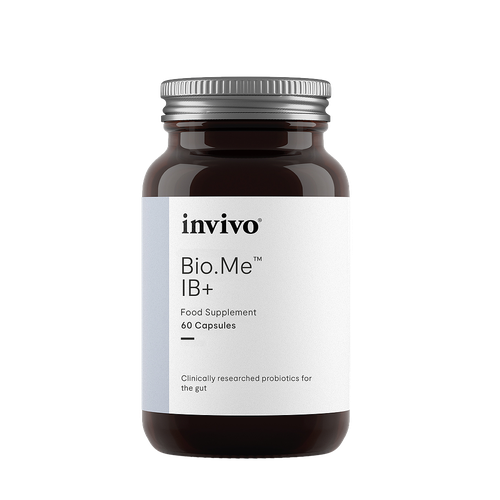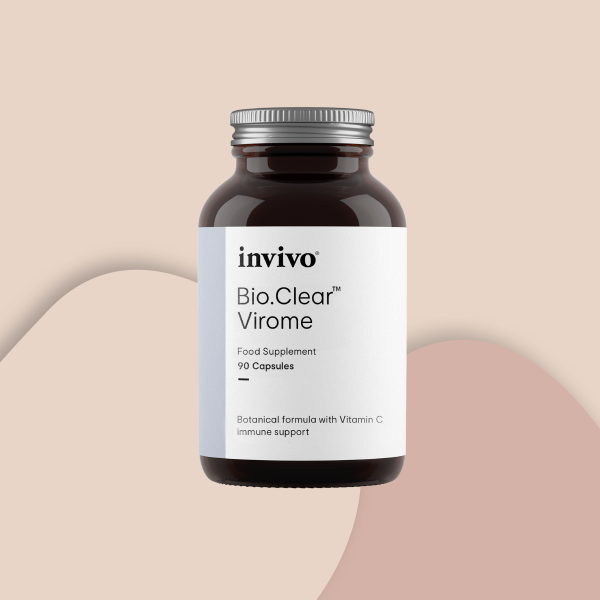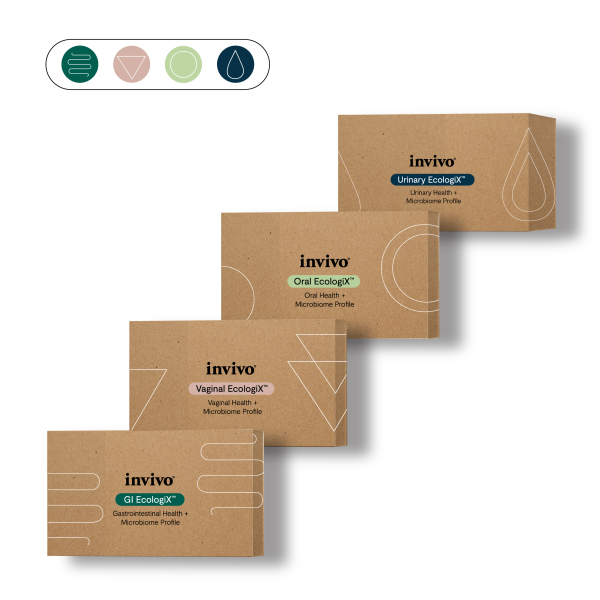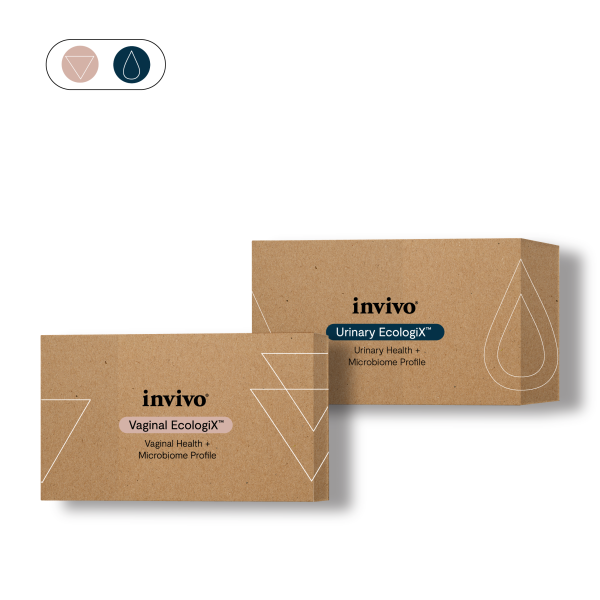Intimate health issues are without doubt one of the most prevalent, yet under-discussed health complaints facing our society. For far too long they have been cloaked in taboo and shame. Thankfully, the conversation is growing due to the wealth of exciting research in this area, particularly into the therapeutic potential of rebalancing the vaginal microbiome1. This article is intended to help keep the conversation alive by highlighting the latest research showing the potential of probiotic yeast for regaining control of vulvovaginal candidiasis (VVC) – also known as thrush – so you have more options in your ‘toolkit’.
Vulvovaginal Candidiasis (Thrush) – The Problem
VVC is a common fungal infection of the vulva and vagina, which normally presents with a thick, white, curd-like discharge, burning sensation, and possibly an itchy rash. VVC is usually caused by Candida albicans, with a smaller number of cases caused by C. glabrata, C. krusei, and C. tropicalis2, all of which can be tested through vaginal swabs to ascertain the exact nature of vaginal dysbiosis.
Recurrent VVC, defined as four or more episodes of VVC within the last 12 months3, is estimated to affect c. 138 million women worldwide per year and by 2030, this is estimated to increase to c. 158 million4. If left unresolved, which is often due to the high relapse rates, the relentless nature of these gynaecological symptoms can severely impact a woman’s self-confidence, intimate relationships, emotional wellbeing, and quality of life5,6, as well as pregnancy outcomes7. Since VVC is set to become an increasingly frequent clinical encounter, it is important to be aware of recent research developments that have revealed the potential of probiotic yeast for providing sustained relief from VVC8.
The Potential of Yeast-Based Probiotics
The use of probiotics to support vaginal health has been heavily researched in recent years, with a particular focus on lactic acid producing bacteria, namely Lactobacillus spp., given the importance of Lactobacilli dominance in the maintenance of a healthy vaginal ecosystem9. More recently, yeast supplementation has become recognised as a novel therapeutic strategy for vaginal fungal infections10 and in particular, Saccharomyces cerevisiae for VVC. This is timely given growing concern about the ability of Candida to become resistant to conventional anti-fungal interventions11.
Introducing Saccharomyces cerevisiae CNCM I-3856
The promise of Saccharomyces cerevisiae has stemmed from research conducted on the well-characterised strain, Saccharomyces cerevisiae CNCM I-3856 (Quatreflora™ Biotic/Bio.Me™ Femme C). A 2017 randomised, double-blind, placebo-controlled pilot study aimed to investigate whether it could improve the efficacy of conventional anti-fungal protocols for diagnosed VVC. The participants randomised to receive the yeast alongside conventional interventions were given a total daily oral dosage of 2.5 billion CFU, which equates to 500mg, for two months. By the end of the two-month study period, the yeast group had a significantly reduced vaginal load of Candida albicans in contrast to the group taking a placebo alongside conventional intervention. Better still, it achieved this quickly, by the end of the first week. In turn, it helped to reduce the recurrence of VVC too. At the end of the two months, 67% of the subjects taking a placebo experienced at least one VVC relapse symptom, in contrast to only 31% of the subjects taking yeast supplementation. Thus, the yeast/conventional intervention was efficacious and fast-acting. It was also well-tolerated with a high rate of compliance, likely due to the ease and convenience of taking just one capsule a day, orally12. This indicates that it could be a sustainable long-term option for keeping recurrent VVC at bay.
A subsequent randomised, double-blind, placebo-controlled human clinical trial, published this year, has taken our understanding further. They sought to bridge the gap between oral ingestion of Saccharomyces cerevisiae CNCM I-3856 and improved VVC symptoms by checking that this strain reaches the vagina after transit through the gut. They compared a daily dose of 2.5 billion/500mg, 5 billion/1000mg Saccharomyces cerevisiae CNCM I-3856, and placebo, and used the latest identification technology (quantitative polymerase chain reaction/qPCR) to detect the strain in vaginal and stool samples. After four weeks’ supplementation, it was detected in vaginal samples of 21% women in the 500mg group and 16% women in the 1000mg group, making it the first clinical study to identify the migration of orally supplemented probiotic yeasts from the gut to the vagina13.
So, once Saccharomyces cerevisiae has reached the vagina, how does it go on to benefit vaginal health? Various mechanisms have been suggested based upon preliminary in vitro and animal studies. It seems to act directly on the vaginal microbiome by improving the host-vaginal microbiome relationship:
Host: reduces recruitment of inflammatory mediators to the vagina, such as interleukin-8 (IL-8), particularly when administered vaginally (14).
Microbiome: suppresses the ability of C. albicans’ transition from yeast to hyphal form, its production of virulence factors, and its adherence to vaginal epithelial cells (15). It might even help to stave off Gardnerella vaginalis, a common driver of bacterial vaginosis16, indicating wider benefits for the vaginal ecosystem.
S. cerevisiae CNCM I-3856 & the Gut & Oral Microbiota
Saccharomyces cerevisiae CNCM I-3856 may benefit multiple microbiomes, beyond the vagina. A benefit for gut health was demonstrated recently by a study which showed that 2 billion CFU twice daily, taken orally for 8 weeks can improve IBS symptoms17, while a murine study has indicated its potential to decrease C. albicans in the oral cavity18. Given the interconnectedness of our oral, gastrointestinal, and vaginal microbiota, the potential of this probiotic yeast to positively modulate each of them is highly promising!
Clinical Considerations
We need to look at our bodies less as battlefields to be conquered, and more as gardens to be tended.
Martin Blaser, ND
Given the burden of recurrent VVC on the lives of so many women, the latest research showing the potential of Saccharomyces cerevisiae CNCM I-3856 to exert marked, sustainable benefits to vaginal health makes it an essential addition to our therapeutic toolbox. As it has been shown to improve the efficacy of prescribed conventional anti-fungal interventions, it might even help to foster an inter-disciplinary dialogue about VVC which, I think we would all agree, is the future. The inclusion of this probiotic yeast, alongside additional holistic interventions to support the host-microbiome relationship, such as vitamin A, D, and zinc for mucosal integrity19, polyphenols for their prebiotic and anti-inflammatory properties20, and vagina-specific Lactobacilli probiotics (e.g. L. plantarum, L. gasseri, L. crispatus) to further support the resilience of the vaginal ecosystem to stave off pathogens21,22, holds great promise for helping women to finally get on top of their vaginal health issues and live their lives to the full.
